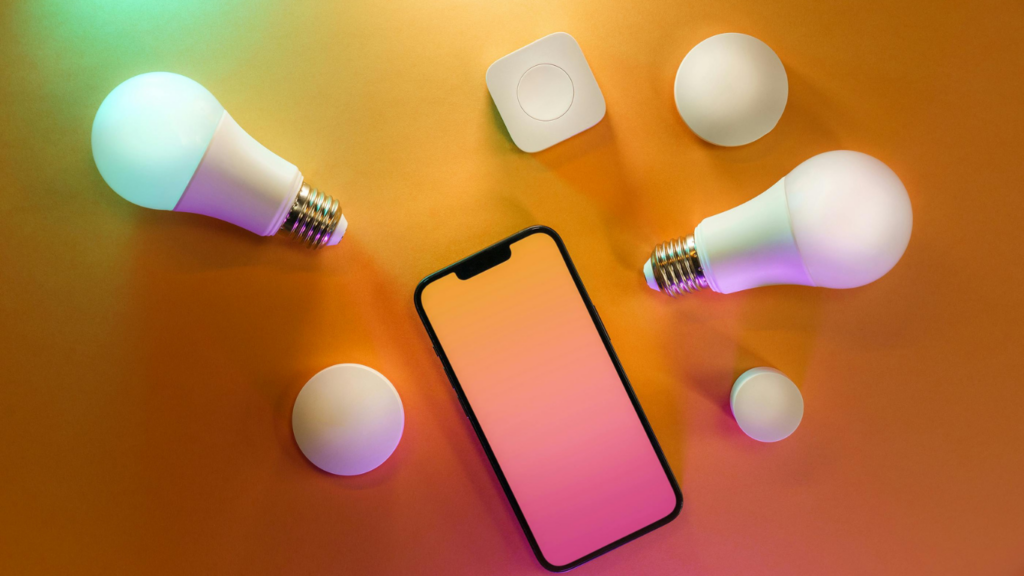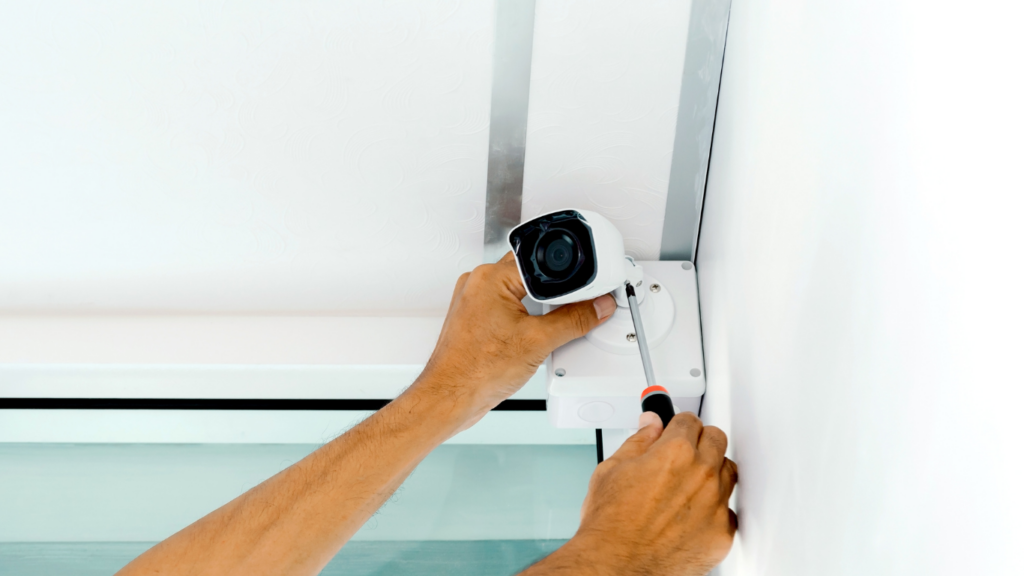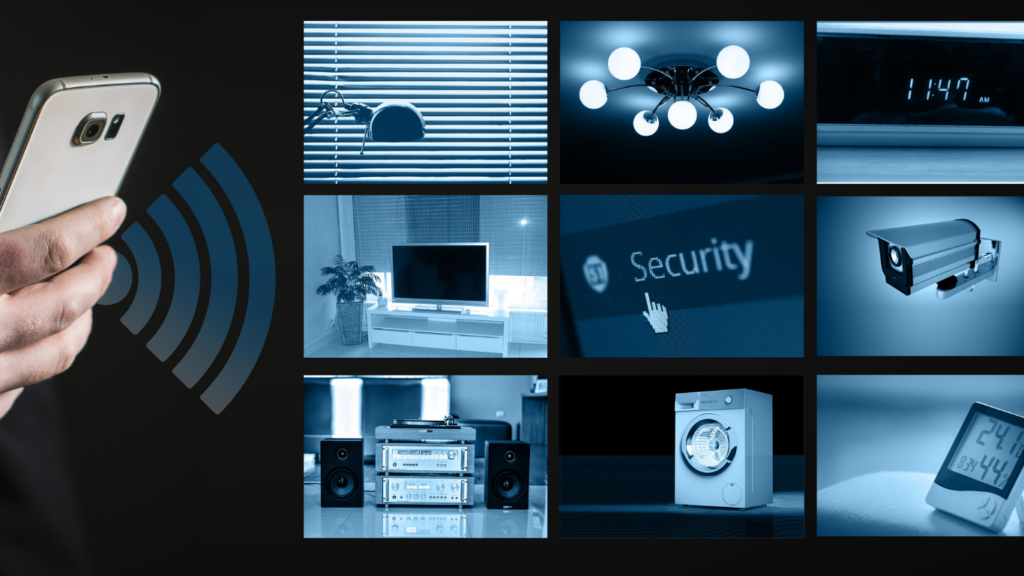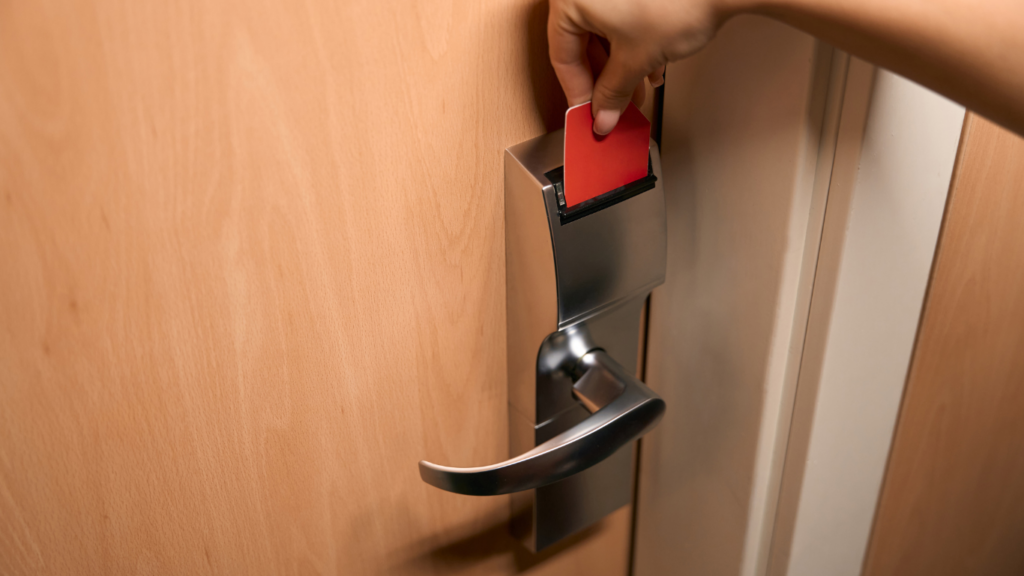Understanding Smart Home Automation
Smart home automation uses technology to control household devices through the internet. Devices like smart thermostats, lights, and security systems interact seamlessly with each other, creating a connected ecosystem. Users manage these devices via smartphones, tablets, or voice assistants, making home management more convenient and efficient.
Components of Smart Home Automation:
- Smart Hubs: These centralize control for various devices. Examples include Amazon Echo and Google Nest Hub.
- Smart Lights: Light bulbs or switches controlled remotely. Popular choices are Philips Hue and LIFX.
- Smart Thermostats: Devices like Nest and Ecobee allow precise temperature control, optimizing energy use.
- Smart Security: Systems including cameras and locks, such as Ring and August, enhance home security.
Benefits of Smart Home Automation include:
- Convenience: Automate daily tasks like adjusting lights and thermostats.
- Energy Efficiency: Reduce energy consumption with smart devices.
- Security: Enhanced monitoring and control over the home’s security.
Constraints of Smart Home Automation:
- Initial Cost: While cheaper options exist, initial investment varies.
- Compatibility: Not all devices work seamlessly together.
- Learning Curve: Some systems require a learning period for optimal use.
Smart home automation provides a blend of convenience, energy efficiency, and security. Understanding these core elements allows users to make informed decisions about integrating technology into their homes.
Essential Budget-Friendly Smart Devices
Smart home automation doesn’t need to break the bank. Here are a few essential budget-friendly smart devices to consider.
Smart Speakers and Hubs
Smart speakers and hubs serve as the control center for various smart devices. Amazon Echo Dot and Google Nest Mini are affordable options. These devices connect with other smart gadgets and allow voice control through Alexa or Google Assistant, increasing convenience and integration in a smart home.
Smart Lighting Solutions
Smart lighting offers both practical and aesthetic benefits. Philips Hue White and Wyze Bulb provide budget-friendly options. These smart bulbs can be controlled via smartphone apps or voice commands, enabling users to adjust brightness, set schedules, and save energy effortlessly.
Affordable Smart Security Cameras
Securing your home on a budget is possible with affordable smart security cameras. Wyze Cam v3 and Blink Mini are excellent choices. These cameras offer features like motion detection, night vision, and app alerts, ensuring your home remains safe without a hefty investment.
Setting Up Your Smart Home System

Setting up a smart home system doesn’t need a big budget. Start by following a few key steps to make the process smoother and more efficient.
Choosing a Compatible Ecosystem
A smart home ecosystem serves as the backbone of home automation, ensuring that all devices can work together seamlessly. I recommend picking an ecosystem that’s widely supported and has a reputation for reliability. Popular choices include Amazon Alexa, Google Assistant, and Apple HomeKit.
- Amazon Alexa: Offers wide compatibility with various third-party devices like the Amazon Echo and Ring.
- Google Assistant: Integrates well with Google’s line of Nest products and other Google-compatible devices.
- Apple HomeKit: Ideal for those already invested in Apple’s ecosystem and provides a secure environment for your devices.
Choosing the right ecosystem simplifies integration and ensures consistent performance. Opt for an ecosystem that aligns with your current devices or future expansion plans.
Installation Tips and Tricks
Smart device installation requires careful planning and execution. Follow these tips to make the process straightforward and efficient:
- Read the Manuals: Device manuals offer step-by-step guidance for installation. Reading them can prevent potential setup issues.
- Start with the Hub: If using a smart hub, set it up first unless it’s provided by the ecosystem. It acts as the control center for all connected devices.
- Place Devices Strategically: Positioning devices like smart cameras and thermostats in optimal locations enhances their effectiveness.
- Secure Your Network: Use a strong, unique password for your Wi-Fi network to secure connected devices from unauthorized access.
- Use Apps for Setup: Most smart devices offer companion apps that simplify the installation process through guided instructions.
Following these tips streamlines the setup process and ensures optimal performance of your smart home devices.
Maximizing Value: Tips to Save Money
Smart home automation doesn’t need to break the bank. I’ve found several effective ways to stretch your dollar further when setting up a smart home system.
DIY Projects and Hacks
Tackling DIY projects can significantly cut costs. By installing devices myself, I eliminate labor costs and gain a deeper understanding of how my system works. For instance, mounting security cameras or setting up smart plugs requires simple tools and basic skills. Customized solutions like Raspberry Pi for home automation hubs can also provide high functionality at a fraction of the cost of commercial products.
Utilizing Sales and Discounts
Taking advantage of sales and discounts ensures you get the best price. I always check for deals during major shopping events like Black Friday, Cyber Monday, and Amazon Prime Day. Subscribing to newsletters from smart device manufacturers often provides access to exclusive discounts. Additionally, I use price comparison tools and websites to track and compare prices across different retailers, ensuring I secure the best deal for my budget.
Real-Life Examples and Case Studies
Smart Lighting for Less Than $100
John, a homeowner in Ohio, managed to automate his home’s lighting for under $100. Using Philips Hue White bulbs, he integrated them with an Amazon Echo Dot. He controlled lights with voice commands and set schedules for energy efficiency. This setup reduced his monthly electricity bill by 15%.
Affordable Home Security
Sarah from Texas enhanced her home security on a budget. She installed Wyze Cam v3 cameras at key entry points, costing under $100. Using the Wyze app, she could monitor her property remotely. This approach provided peace of mind and deterred potential intruders. It cost a fraction of professional systems.
DIY Smart Thermostat Project
Mark, a tech enthusiast in California, implemented a smart thermostat using a Raspberry Pi and open-source software. He spent around $70 on the project. The system monitored and adjusted temperatures based on household patterns. This not only saved money on the device but also lowered his heating and cooling costs by 20%.
Integrating Smart Appliances
Emma in New York upgraded her kitchen with smart plugs. For about $30, she connected her coffee maker and toaster to her smart home system. She set schedules and controlled the appliances via her smartphone. Morning routines became smoother without breaking the bank.
Energy-Efficient Smart System
David, an apartment dweller in Florida, focused on energy savings. He invested around $150 in smart power strips, controlling multiple devices remotely. This setup turned off electronics when not in use, reducing standby power consumption. His electricity bill dropped by 10%.
Custom Smart Home Hubs
Lisa from Oregon built a custom smart home hub using Node-RED and a Raspberry Pi. Spending less than $80, she integrated her existing devices into a unified system. This approach allowed her to control lights, cameras, and appliances from a single interface. The flexibility and low cost made it a perfect solution for her needs.
Automated Entertainment System
Alex in Arizona enhanced his living room with a budget-friendly smart entertainment system. He used an Amazon Fire TV Stick and a few smart plugs to automate his TV and sound system. Spending less than $50, he could turn on his entertainment setup with voice commands, adding convenience and saving time.





